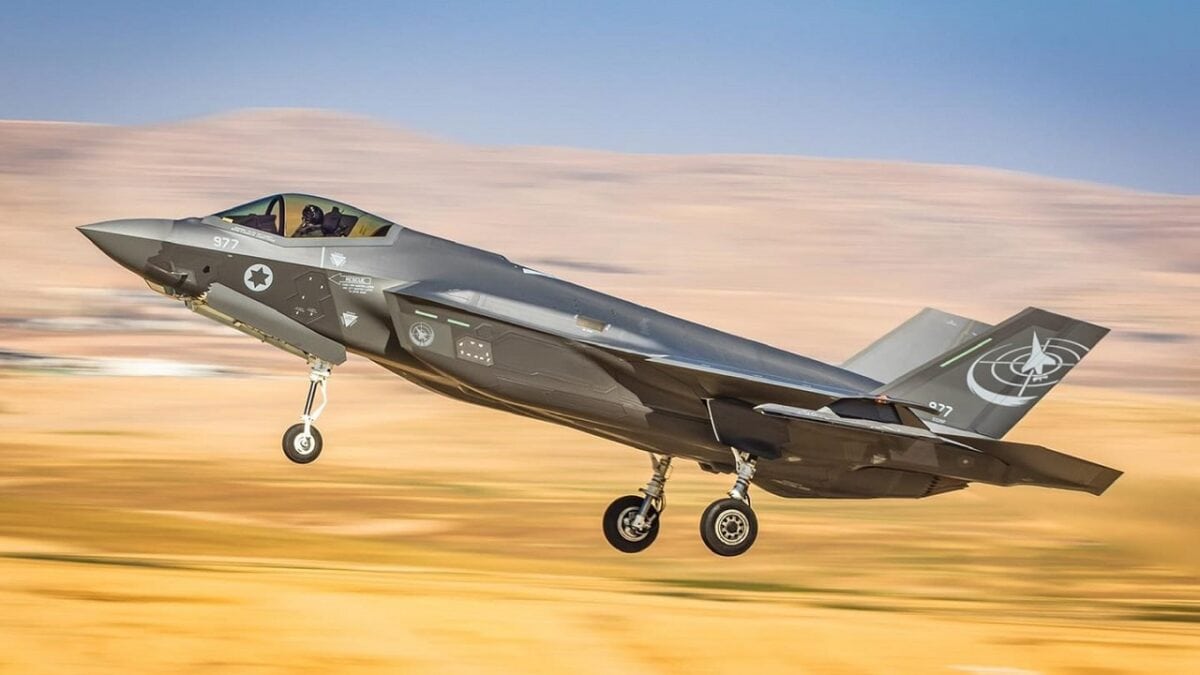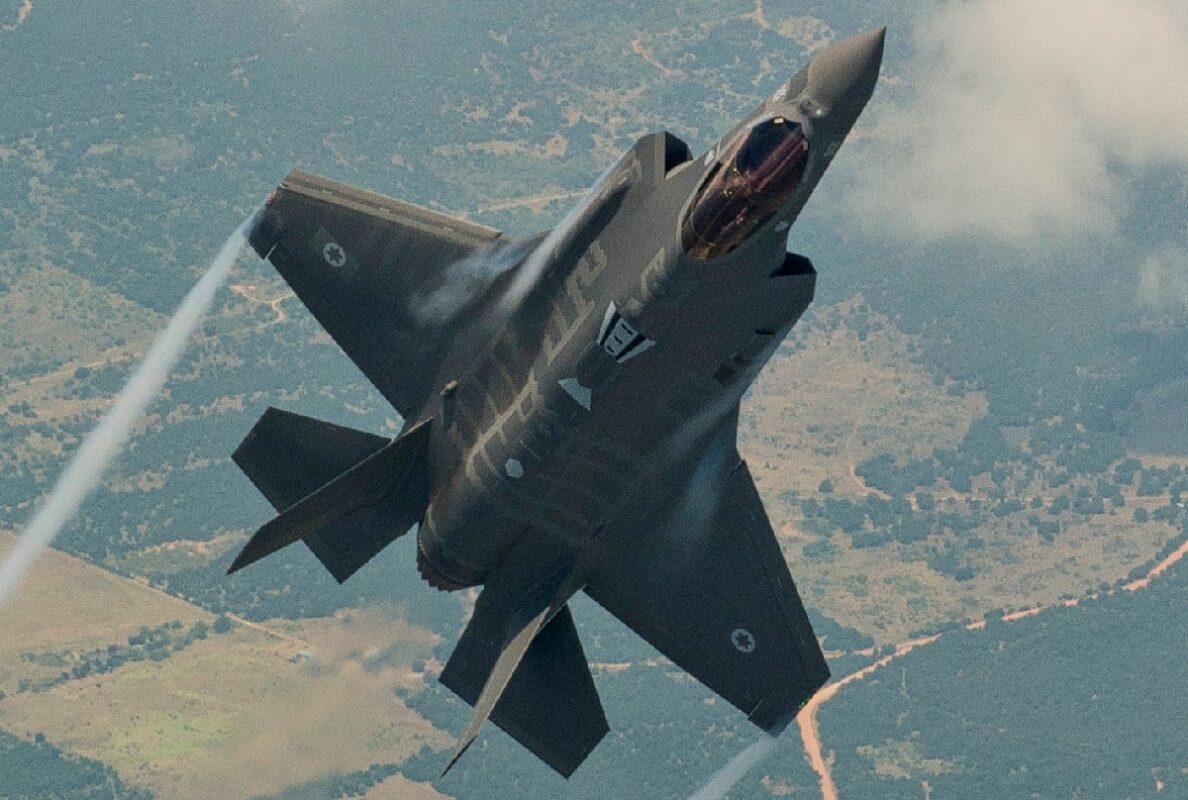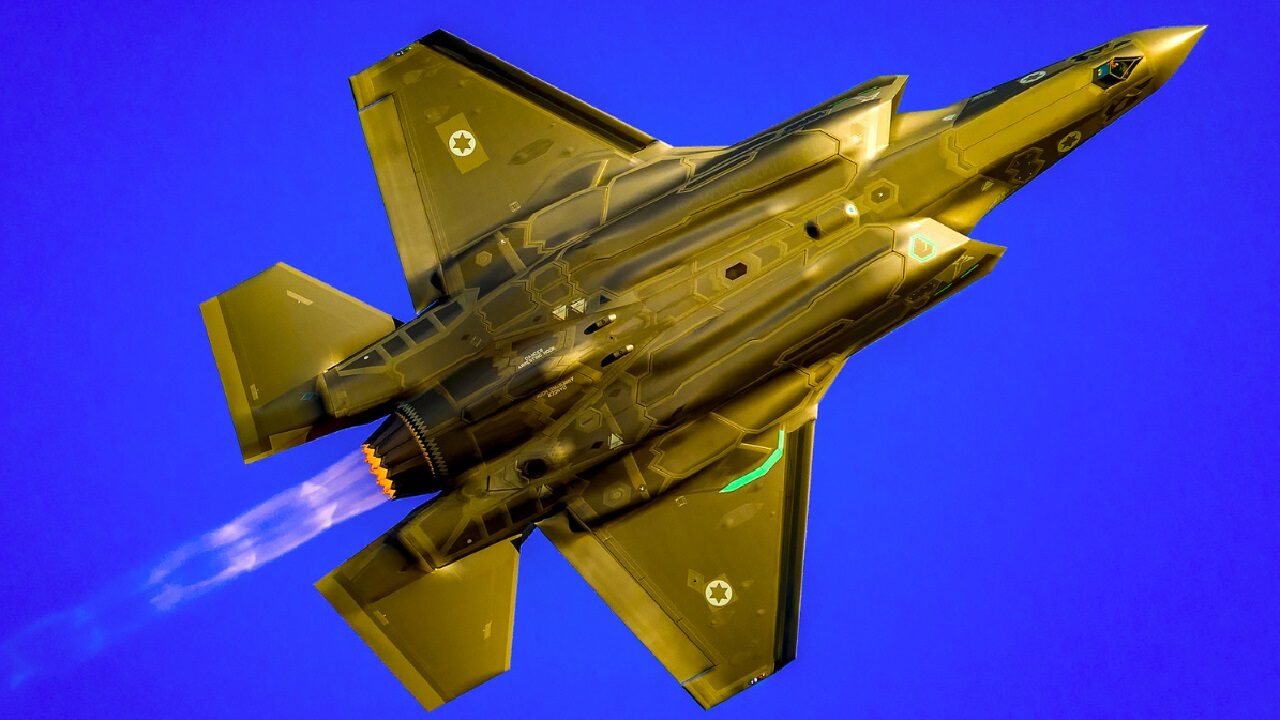Report: Israeli F-35s Successfully Penetrated Iranian Air Space – The Islamic Republic of Iran has long suggested that it is able to track the Lockheed Martin F-35 Lightning II, and it was two years ago that Tehran claimed the Russian-made radar Rezonans-NE, which Iran purchased to identify and track stealth aircraft and hypersonic targets, had successfully spotted and tracked U.S. F-35 fighters near the country’s borders in early 2020.
Russian sources said in August of that year that the Rezonans-NE had tracked the Lightning IIs near the Iranian border in the days following the U.S. drone strike that killed Iranian General Qasem Soleimani.
“At the beginning of 2020 this radar identified U.S. F-35 planes and tracked them,” Rezonans Alexander Stuchilin, deputy CEO of the research center Rezonans Alexander Stuchilin, told Tass during the international military-technical forum Army-2020. “The radar’s personnel were transmitting information, including the routes of F-35 flights, in clear, thus confirming that it was reliably tracking the planes. For this reason, the opponent did not commit any irreparable actions that might have caused a big war.”
However, a year earlier, other reports had noted that Russian S-300 and S-400 air defense systems had been unable to detect Israeli F-35s flying over Syria.
Then and Now – F-35 Can’t be Seen
Just as the Russian anti-air platforms were unable to detect the Israeli F-35s over Syria three years ago, this week it has been reported that the fifth-generation stealth fighters had successfully penetrated Iranian airspace several times over the past two months – if reports are accurate.
19FortyFive has been unable to independently confirm such reports to far.
According to a report from the London-based Elaph says the jets successfully evaded Russian and Iranian radars during the exercises. In addition, drones and mid-air refueling tankers were also reported to have participated in the “massive” drills. Israel has stepped up its exercises as efforts continue to revive the 2015 nuclear deal between Tehran and western powers.
Israel has vowed to keep Iran from acquiring a nuclear bomb, preparing military action for use against Tehran if necessary,
According to Elaph, Israel and the United States carried out secret exercises over the Red Sea, which included simulating a strike on Iran from the sea and air and the seizing of Iranian warships. Moreover, Israeli submarines have been covertly monitoring Iranian spy ship Behshad and its escort Jamaran, as well as the helicopter landing ship Hingham. All three of the Iranian vessels are reportedly now stationed in the Red Sea.
The Behshad is registered as a general cargo vessel but is believed to be a spy ship gathering intelligence in the strategic waterway for Iran’s Revolutionary Guard Corps.
F-35s Over Iran
The fact that the Israeli Air Force (IAF) has deployed the aircraft – likely the localized variant F-35I “Adir” – over Iran speaks to its capabilities, but also the seriousness of Jerusalem’s concern that Tehran could be developing nuclear weapons.

Photo by Amit Agronov via IDF.
“It indicates that the Israelis have high confidence in the survivability of the aircraft in Iranian airspace, but not knowing where they penetrated – and thus what Iran’s air defenses looked like in that sector – the path that they took, or how long they hung out,” explained Dr. Robert Farley, assistant professor at the Patterson School of Diplomacy and International Commerce, in an interview with 19FortyFive. “I’m also a little bit curious about the reported U.S. involvement, which doesn’t really make sense to me.”
The F-35I Adir: The ‘Stealth’ Backbone Of Israel’s Air Force
Israel had become the first foreign nation to select the F-35 through the U.S. government’s Foreign Military Sales process when a Letter of Agreement was signed more than a decade ago in October 2010. On June 22, 2016, the IAF received its first F-35A at a ceremony at Lockheed Martin’s Fort Worth, Texas facilities.
The IAF is especially unique in that it also operates a special variant that was developed to address concerns that the F-35’s stealth capabilities could be partly overcome within a decade despite the 30- to the 40-year service life of the aircraft. Israel sought to utilize its own electronic warfare system (EWS), and while the U.S. had initially refused to allow such changes, it was eventually agreed that the IAF could integrate its own EWS, including sensors and countermeasures, on top of the U.S. systems.

Israeli Air Force F-35I. Image Credit: Creative Commons.
In addition, IAF pilots utilize a locally-developed helmet-mounted display, and bespoke datalink functionality that is specific to the IDF, while other enhancements further improved the F-35’s already-potent data gathering and processing capabilities. These various enhancements to the stealth aircraft have been significant enough to warrant the ‘I’ designation, making the F-35I one of just a handful of formally acknowledged F-35 variants. The Israeli Air Force designated the F-35I with the name Adir, meaning “Mighty One” in Hebrew.
Two IAF squadrons are equipped with the aircraft including the 116th Lions of the South Squadron and the 140th Golden Eagle Squadron based at Nevatim Airbase. The IAF also has a third squadron used for training.
Expert Biography: A Senior Editor for 1945, Peter Suciu is a Michigan-based writer who has contributed to more than four dozen magazines, newspapers, and websites with over 3,000 published pieces over a twenty-year career in journalism. He regularly writes about military hardware, firearms history, cybersecurity, and international affairs. Peter is also a Contributing Writer for Forbes. You can follow him on Twitter: @PeterSuciu.

